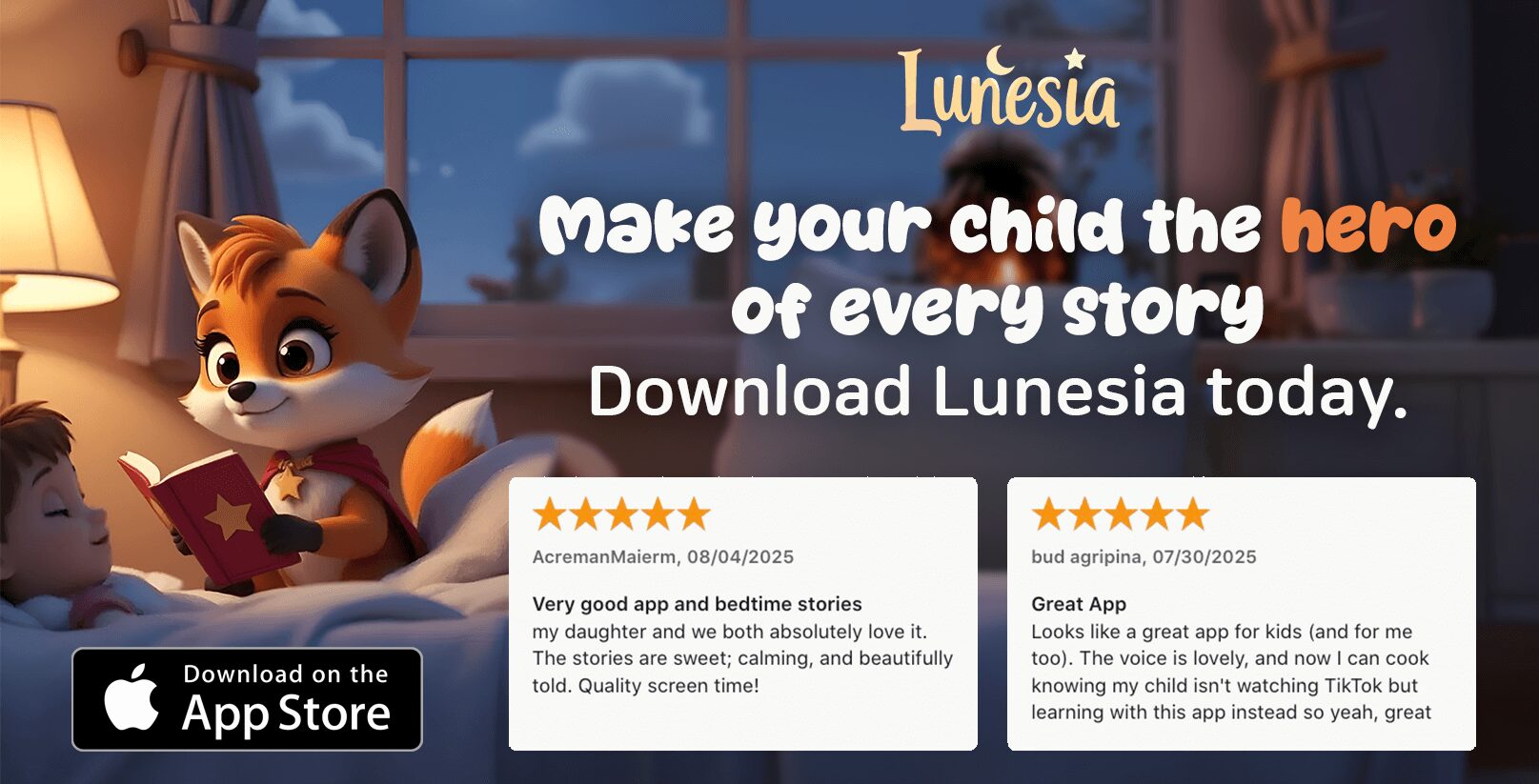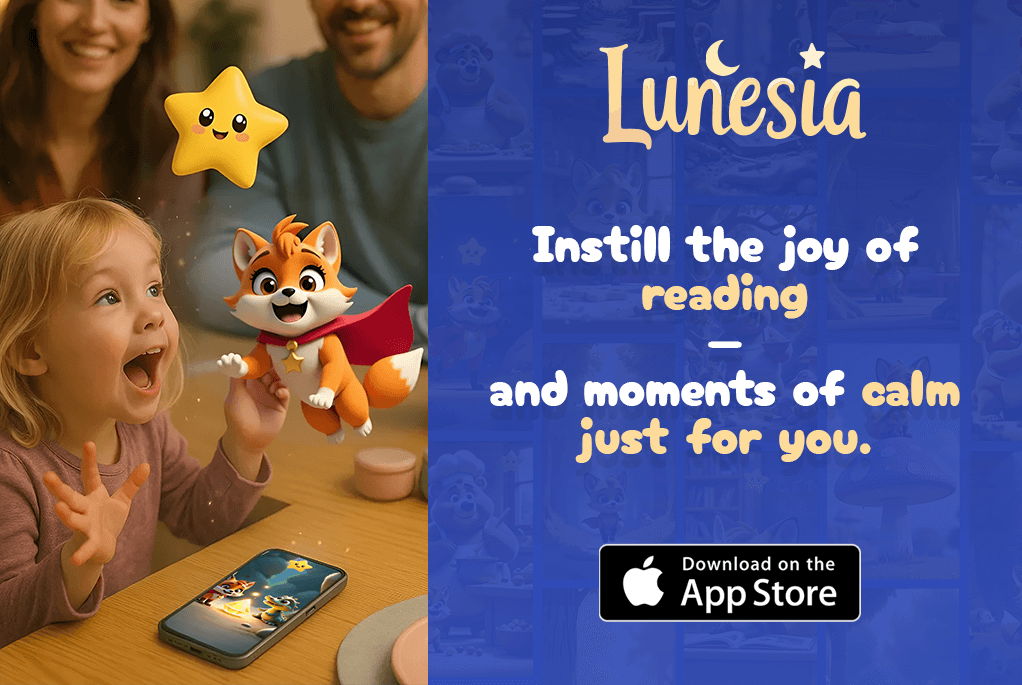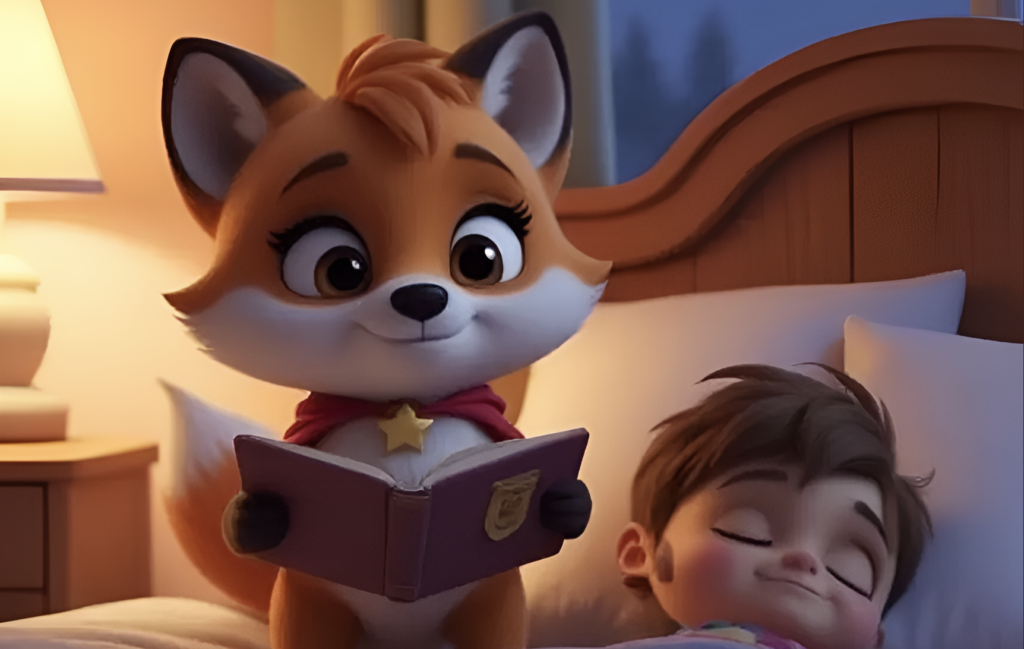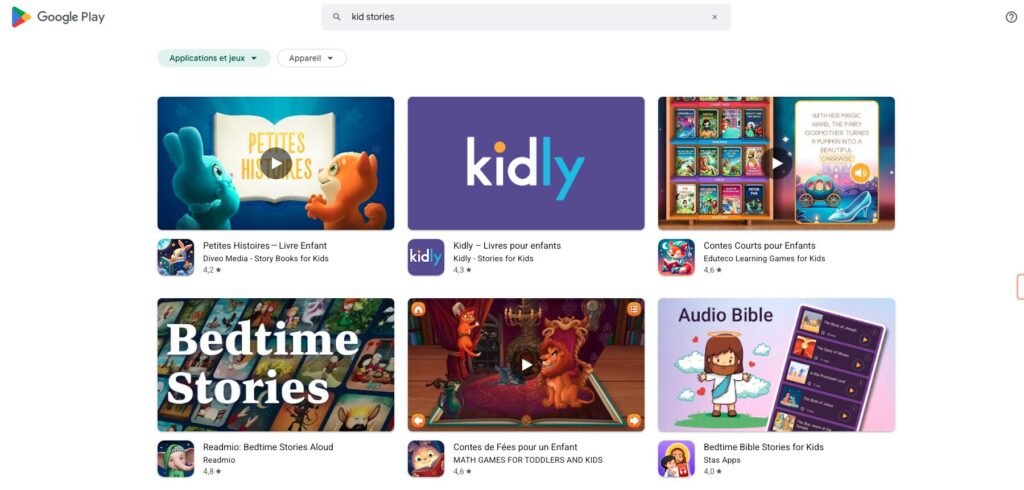Ever wonder how to transform those big, beautiful feelings in your little one's heart into real-world kindness? It feels like a huge task, doesn't it? One minute you're navigating a tantrum over the wrong color cup, the next you're trying to teach the art of sharing. What if the secret isn't in grand lectures, but in tiny, joyful moments you can create together?
We're diving into simple, powerful kindness activities for preschoolers that you can start today. These aren't just crafts to pass the time; they are practical ways to build the very foundation of empathy and emotional intelligence. Did you know a recent Harvard study found that children who practice kindness are not only happier but also more successful later in life? Imagine turning a chaotic afternoon into a moment of connection that builds your child's character, one small, kind act at a time. To further support your child's emotional growth and foster kindness, exploring these 10 fun mental health activities for kids can provide valuable ideas.
This guide provides a curated collection of actionable projects, from creating a Kindness Rock Garden to organizing a Giving Box donation. You'll get clear instructions designed for little hands and growing hearts. Let's start this journey together.
1. Kindness Rock Garden: Spreading Joy, One Painted Stone at a Time
What if your child could leave a little piece of happiness for a total stranger to find? That's the magic behind a kindness rock garden. It’s so much more than painting; it's a powerful, tangible lesson in anonymous giving. It teaches them that even the smallest gesture—like leaving a colorful stone—can create a huge ripple of joy for someone else.
How does this work in real life? Imagine your little one painting a bright yellow sun on a smooth rock. Later, on a walk, you place it near a park bench. You can talk about the person who might be having a tough day and how finding that little sun could make them smile. This connects their creativity directly to another person's happiness, teaching them that kindness is a superpower they always have.
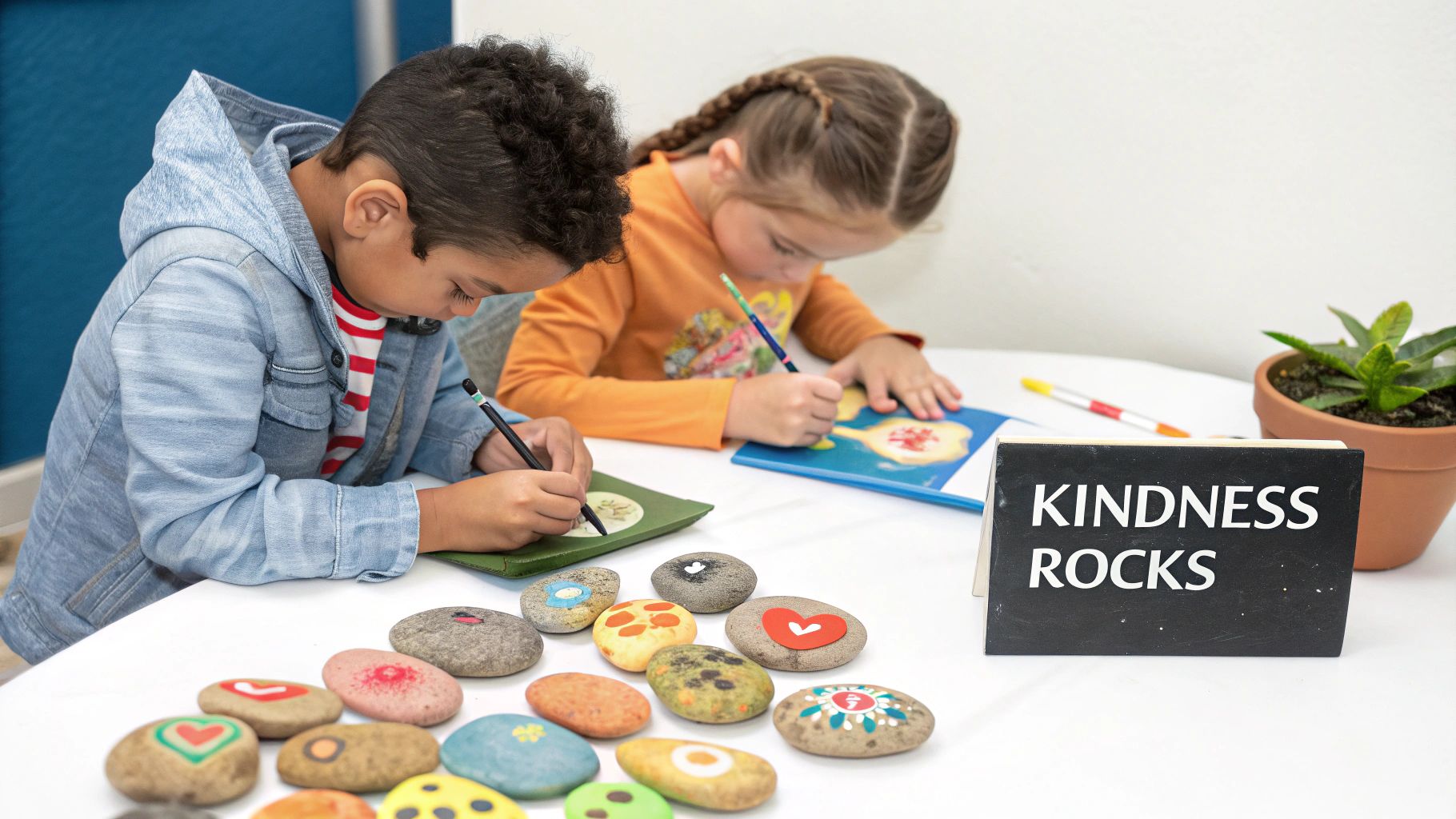
Why This Kindness Activity Works So Well
A kindness rock garden is one of the most effective kindness activities for preschoolers because it transforms an abstract idea like "giving" into a concrete, hands-on experience. The process of creating, giving, and imagining the outcome helps solidify the concept of empathy in a way that lectures or simple reminders cannot. This idea was popularized by Megan Murphy through The Kindness Rocks Project and is now embraced globally by schools and communities.
How to Create Your Kindness Rock Garden
Ready to get started? It's simpler than you think.
- Gather Your Supplies: Collect smooth, flat rocks. You’ll also need washable, non-toxic acrylic paints and brushes. For longevity, a clear sealant is recommended to protect the art from weather.
- Paint with Purpose: Discuss what kindness looks and feels like. Encourage simple, cheerful designs like hearts, suns, smiley faces, or rainbow stripes. Let their creativity shine!
- Establish the Garden: Designate a special spot in your yard, a local park, or a school playground. Create a small sign that says "Take a Rock, Share a Rock" to invite community participation.
- Celebrate the Placement: Make placing the rocks a special event. Talk about the happy surprise someone will feel when they discover the colorful stone. This ceremony reinforces the emotional reward of giving.
2. Classroom Kindness Tree: Watching Kindness Grow, Leaf by Leaf
What if you could make kindness visible? The Classroom Kindness Tree is a beautiful, evolving project that turns a classroom or even a wall at home into a living record of empathy. Children add a leaf, flower, or fruit to the tree each time they perform or witness a kind act, creating a powerful visual testament to their collective compassion.
Think about it: your preschooler helps a friend who fell down. Instead of just a "good job," you grab a paper leaf, write "Leo helped Maya," and let him stick it on the tree. Suddenly, his kind act is a permanent part of the family story. This activity helps preschoolers connect their individual actions to a larger, shared goal. They learn that every small act of helping, sharing, or comforting contributes to making their space a kinder, more beautiful place.
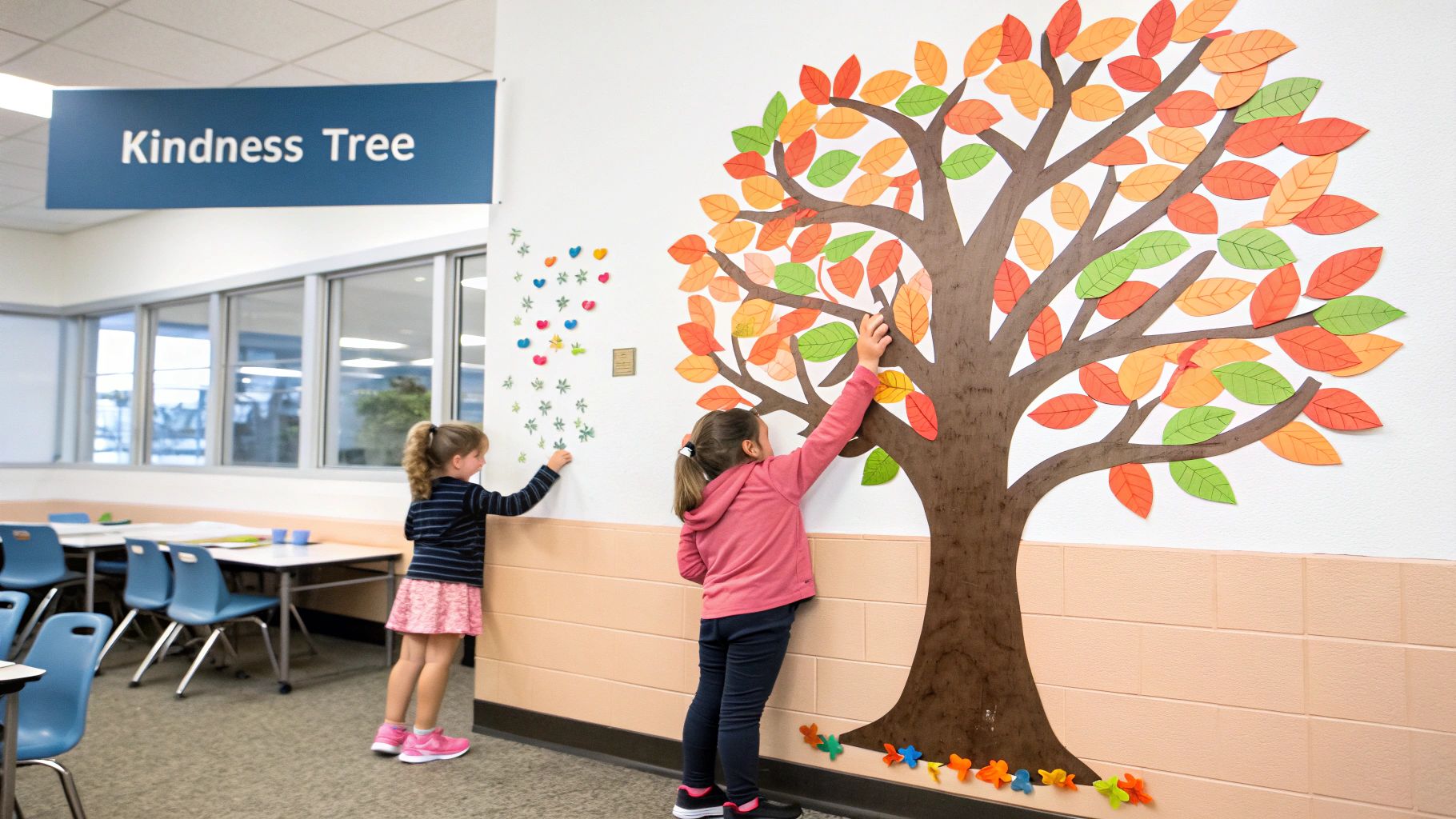
Why This Kindness Activity Works So Well
The Classroom Kindness Tree is one of the most impactful kindness activities for preschoolers because it provides immediate, positive reinforcement. The tree's physical growth is a tangible reward that makes the abstract concept of kindness concrete and exciting. This idea is championed by influential educational approaches, including Dr. Becky Bailey's Conscious Discipline, which uses it to build a connected "school family," and the Reggio Emilia philosophy, which values making learning visible.
How to Create Your Classroom Kindness Tree
Ready to plant the seeds of kindness? It's a collaborative and rewarding process.
- Build Your Tree: Create a large tree trunk and branches out of brown paper or felt and display it prominently. Let the children help create and decorate it to foster a sense of shared ownership from the start.
- Prepare the Leaves: Cut out paper leaves, flowers, or fruit. Make them large enough for children to draw a simple picture of their kind act or for an adult to write a brief description.
- Celebrate Kind Acts: When a child performs a kind act, help them add their "kindness leaf" to the tree. Talk about what they did and how it made others feel, reinforcing the lesson.
- Hold Tree Celebrations: Dedicate time each week to gather around the tree. Read some of the kind acts aloud and celebrate how much the tree has grown. This ritual acknowledges every child's contribution and reinforces the group's shared values.
3. Thank You Card Making Workshop: Crafting Gratitude with Tiny Hands
What if your preschooler could personally thank the heroes in their community, from the mail carrier who always waves to their favorite librarian? A thank you card making workshop transforms a simple craft session into a profound lesson in gratitude. It’s about more than just glue and glitter; it’s an opportunity for a child to recognize and acknowledge the kindness they receive from others every single day.
Imagine your child carefully placing a sticker on a card for the garbage collector. As they do, you can talk about how that person helps keep your neighborhood clean and healthy. This activity beautifully connects a child's creativity to the concept of thankfulness, making an abstract feeling tangible. They learn that a simple "thank you" is a powerful gift, fostering a mindset of gratitude that is essential for emotional intelligence.
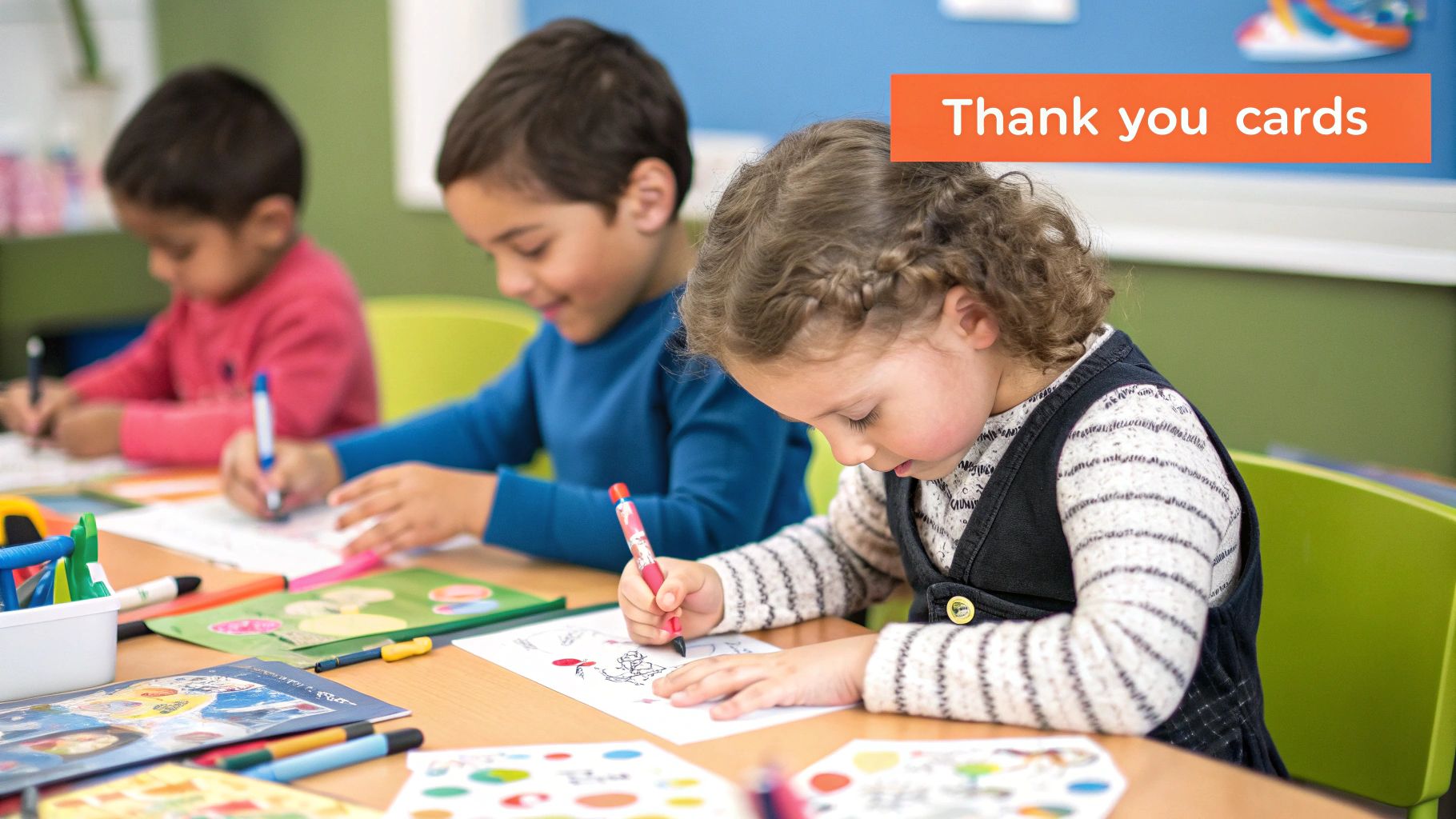
Why This Kindness Activity Works So Well
A thank you card workshop is one of the most heartwarming kindness activities for preschoolers because it directly teaches gratitude through action. The process of creating something for a specific person helps them understand that their effort can make someone else feel happy and valued. This hands-on approach, championed in philosophies like Maria Montessori’s practical life skills, helps solidify the link between effort and emotional reward far more effectively than a verbal reminder ever could.
How to Host Your Thank You Card Workshop
Ready to spread some gratitude? Setting up your workshop is simple and fun.
- Gather Your Supplies: You'll need construction paper, crayons, markers, stickers, and maybe some child-safe glue. Pre-folding the paper into cards can make it much easier for little hands to manage.
- Brainstorm a "Thankful" List: Before you start, chat about who you could thank. The garbage collectors? A grandparent who read them a story? This helps them connect the card to a real person and a kind act. This is a great way to introduce them to powerful stories about kindness and how small actions matter.
- Create with Heart: Let your child’s creativity lead the way. Don’t worry about perfection; a scribbled flower is a beautiful expression of their feelings. You can write their heartfelt words for them, like, "Thank you for being my friend."
- Make the Delivery a Special Moment: The act of giving the card is just as important as making it. Plan a special trip to the fire station or create a small ceremony when presenting a card to a family member. This reinforces the joy of giving and celebrates their kind gesture.
4. Buddy Helper System: Growing Empathy, Hand in Hand
What if your child learned that helping a friend was just as natural as playing? The Buddy Helper System turns this into a daily reality. It pairs children with a partner to navigate everyday tasks together, transforming routine moments—like cleanup time or putting on jackets—into powerful lessons in teamwork and looking out for one another.
This isn't just about getting chores done faster; it’s a systematic way to build consistent helping habits. When a preschooler learns to ask, "Do you need help with your zipper?" or offers a hand during cleanup without being told, they are practicing empathy in its most practical form. They see firsthand how their actions can make a friend's day a little easier, planting the seeds for a compassionate and collaborative mindset.
Why This Kindness Activity Works So Well
The Buddy Helper System is one of the most impactful kindness activities for preschoolers because it moves empathy from an abstract concept to a lived experience. Instead of just talking about being kind, children actively practice it throughout the day. This approach, rooted in philosophies like Maria Montessori’s mixed-age classrooms, teaches children to see themselves as part of a supportive community. It naturally builds social skills and reduces feelings of isolation, making the classroom or home a more connected space for everyone.
How to Implement Your Buddy Helper System
Ready to foster some powerful partnerships? Here’s how to start.
- Create Visual Buddy Boards: Use photos to pair children up. A visual chart helps little ones remember who their partner is for the day or week. At home, this could be a "parent-child" buddy team for a specific chore.
- Model Helping Language: Before you begin, teach specific, gentle phrases. Practice saying, "Can I help you with that?" or "Let's do it together!" Modeling ensures children learn to offer help respectfully.
- Rotate Partners Regularly: Switch the buddy pairings weekly. This gives children the opportunity to connect with different personalities, building diverse social skills and preventing cliques from forming.
- Celebrate Teamwork: When you see a buddy pair working well together, acknowledge it publicly. Say, "I love how Leo helped Maya put the blocks away. What great teamwork!" This positive reinforcement encourages more of the same behavior. You can find more strategies for developing empathy in preschoolers with activities that complement this system.
5. Community Helper Appreciation Visits: Honoring Our Everyday Heroes
Have you ever stopped to think about all the people who make your neighborhood a safe and happy place? For a preschooler, these community helpers are often invisible heroes. This activity bridges that gap, transforming abstract gratitude into a memorable, real-world connection they'll never forget.
Organizing a visit to thank firefighters, librarians, or postal workers shows children that kindness isn't just for friends and family; it's a powerful tool for building a strong, caring community. They learn that their small voice and simple gestures of appreciation can bring a huge smile to someone's face, reinforcing the idea that everyone's contribution matters. This is a foundational step in developing civic responsibility and respect for others.
Why This Kindness Activity Works So Well
A community helper visit is one of the most impactful kindness activities for preschoolers because it demystifies the world around them. It connects a friendly face to a service they often take for granted, building a deep sense of respect and gratitude. The experience moves beyond a simple "thank you" and becomes a lesson in interdependence, showing them how we all rely on each other. This concept is so effective that it's a core component of many preschool curricula, championed by organizations like the National Association for the Education of Young Children (NAEYC).
How to Organize Your Appreciation Visit
Ready to introduce your child to their local heroes? A little planning goes a long way.
- Coordinate in Advance: Always call ahead to schedule a visit. Ask for the best day and time to avoid disrupting their important work. This also teaches children about being considerate of others' schedules.
- Prepare with Purpose: Talk about who you are visiting and what they do. Practice a simple song, poem, or a few questions like, "What is your favorite part of your job?" This builds their confidence for the interaction.
- Create a Heartfelt Gift: A homemade gift is always the most meaningful. Children can create a large thank-you card with all their drawings, bake cookies, or pot a small plant. The act of making the gift is as important as giving it.
- Capture and Reflect: Take photos of the visit. Afterward, you can create a small "Our Community Helpers" book together. This reinforces the memory and allows you to revisit the positive feelings of gratitude and connection long after the visit is over.
6. Kindness Journal Circle Time: Capturing Kind Moments Together
What if you could create a living library of your child's kindest moments, one story at a time? This is the beautiful idea behind a Kindness Journal Circle Time. It’s a dedicated time for children to share and hear stories of kindness, creating a powerful classroom or family ritual that turns fleeting good deeds into lasting memories.
This activity transforms abstract concepts like empathy and compassion into shared stories. Imagine sitting together at the end of the day and asking, "Did anyone see or do something kind today?" When your child shares how they let their sibling have the first turn, you write it down in a special book. This act of documenting shows them their actions matter and contribute to a positive, loving family culture.
Why This Kindness Activity Works So Well
A Kindness Journal Circle Time is one of the most impactful kindness activities for preschoolers because it builds a collective memory of compassion. Documenting these experiences, a core practice in the Reggio Emilia approach, makes learning visible and gives children a tangible record of their social and emotional growth. It helps them recognize kindness in themselves and others, building a foundation for lifelong empathy.
How to Create Your Kindness Journal Circle Time
Ready to start capturing these beautiful moments? It’s a simple yet powerful practice.
- Gather Your Supplies: All you need is a special notebook or binder to serve as the journal, along with pens and markers. You might also want a camera to capture kind acts as they happen.
- Create the Ritual: Designate a consistent time for your circle, like at bedtime or the end of the week. Use a "talking stick" or a special stone to help children take turns sharing without interruption.
- Document and Illustrate: As children share stories of kindness they’ve seen, given, or received, write them down. Encourage them to draw pictures to accompany their stories, turning each page into a collaborative work of art.
- Revisit and Reflect: Regularly read past entries from the journal. This reinforces the lessons and helps children remember their collective history of kindness. This practice pairs wonderfully with other mindfulness activities that help children focus and reflect. To explore more, you can learn about mindfulness activities for preschoolers on lunesia.app.
7. Giving Box Creation and Donation: Nurturing Generosity from the Start
How can you teach a preschooler about community needs in a way they can actually understand and act on? A Giving Box is the perfect answer. This activity transforms the abstract idea of charity into a hands-on project where children actively participate in helping others, from decorating the collection box to sorting the items themselves.
This isn’t just about dropping a can into a bin; it’s about nurturing a spirit of generosity. Imagine explaining to your child that some families don't have enough food, and the can of soup they are putting in the box will help another kid have a warm dinner. This connects their action directly to a positive outcome, laying a powerful foundation for a lifetime of compassionate giving.
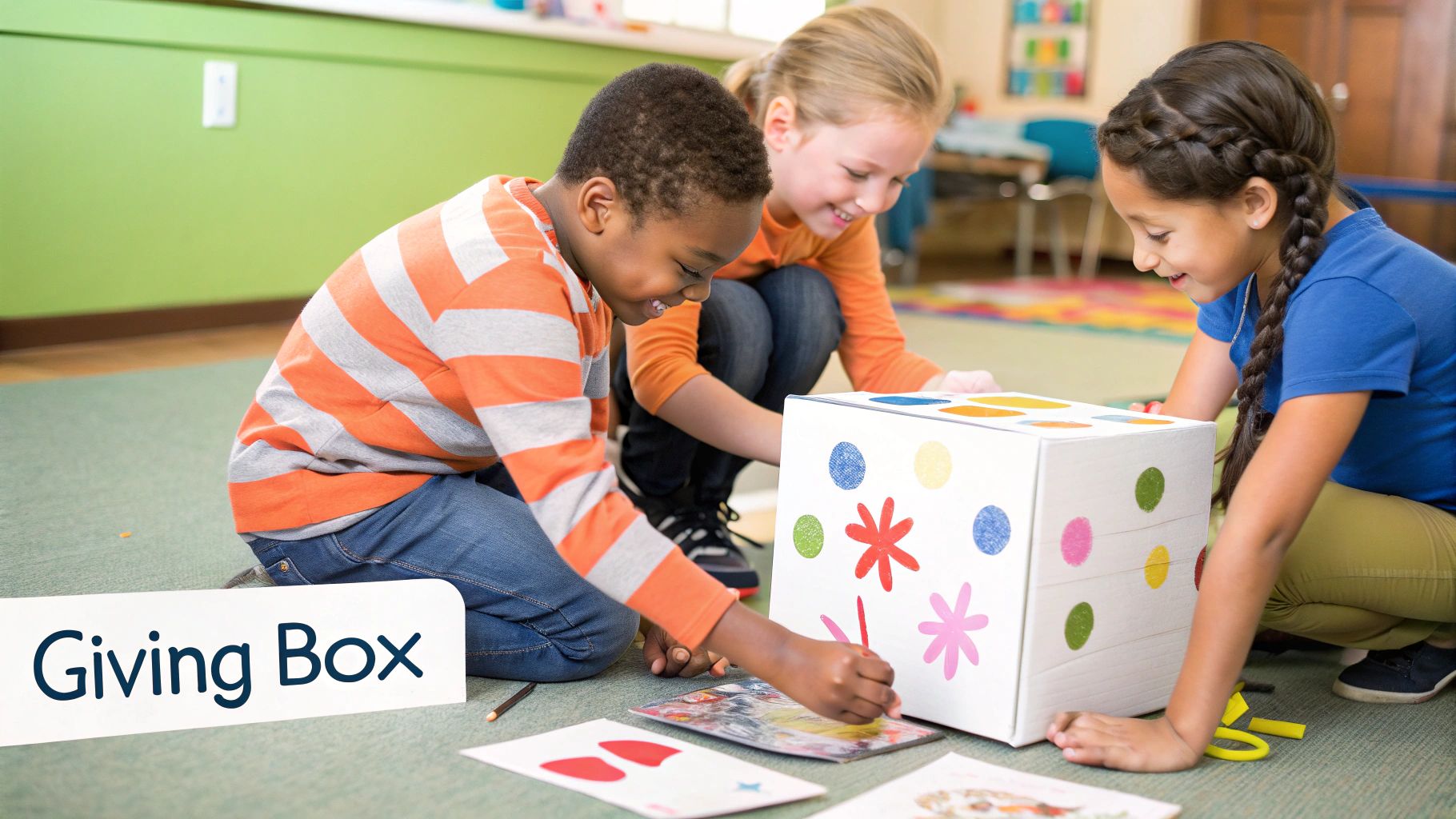
Why This Kindness Activity Works So Well
A Giving Box is one of the most impactful kindness activities for preschoolers because it makes community support visible and tangible. Instead of just hearing about helping, they are doing the helping. This experience demystifies the concept of need and empowers children to see themselves as capable helpers. This approach is widely championed by organizations like the United Way and The Salvation Army, who know that early engagement in philanthropy builds empathetic citizens.
How to Create Your Giving Box Project
Bringing this powerful project to life is simple and deeply rewarding.
- Partner with a Purpose: Connect with a local food bank, animal shelter, or family service center. Ask them for a list of their most needed items so your efforts are targeted and effective.
- Decorate the Box: Get a large cardboard box and let the children decorate it with paint, crayons, and collage materials. This gives them a sense of ownership and excitement for the project.
- Make Giving Concrete: Send a list home to families with specific, child-friendly donation requests like canned soup, pet food, new socks, or gently used books. This helps children connect with the items they are giving.
- Sort and Celebrate: Let the children help sort and count the donated items. Talk about who the items will help. When you deliver the donations, take pictures to show the children the result of their collective kindness, reinforcing the emotional reward of their hard work.
7 Preschool Kindness Activities Comparison
| Activity | Implementation Complexity 🔄 | Resource Requirements ⚡ | Expected Outcomes 📊 | Ideal Use Cases 💡 | Key Advantages ⭐ |
|---|---|---|---|---|---|
| Kindness Rock Garden | Moderate supervision needed; weather-dependent | Low cost; paint, rocks, sealant | Community impact; creativity; social-emotional growth | Art-integrated kindness education; outdoor spaces | Low cost; durable messages; creativity & kindness combined |
| Classroom Kindness Tree | Requires daily maintenance and monitoring | Paper/felt, markers, classroom wall space | Visual kindness tracking; community building | Ongoing classroom kind acts; social-emotional learning | Builds culture; peer recognition; adaptable themes |
| Thank You Card Making Workshop | Planning for recipients and delivery | Art supplies, cardstock, stickers | Gratitude development; fine motor skills; vocabulary | Gratitude expression; connection with community | Meaningful keepsakes; home-school-community connection |
| Buddy Helper System | Moderate; requires clear guidelines and monitoring | No special materials; visual buddy boards encouraged | Empathy; collaboration; leadership skills | Peer support; inclusive classrooms | Builds independence; reduces teacher workload |
| Community Helper Visits | High planning and coordination effort | Gifts, transportation, permissions | Real-world kindness; community connection | Community awareness; social confidence | Authentic experiences; strong community ties |
| Kindness Journal Circle Time | Consistent teacher facilitation required | Journal, pens, art supplies, camera | Communication skills; reflection; community building | Social-emotional development; storytelling routines | Builds oral skills; documents growth; routine establishment |
| Giving Box Creation & Donation | Moderate coordination with charities | Boxes, decoration supplies, donation items | Generosity; empathy; social responsibility | Philanthropy projects; family engagement | Tangible impact; fosters social justice awareness |
Your Partner in Raising Kind, Courageous Kids
You've just explored a fantastic collection of hands-on kindness activities. Each of these ideas offers a powerful, tangible way to introduce the abstract concept of kindness to your preschooler. They are more than just crafts or games; they are the foundational experiences that shape a child's understanding of empathy, compassion, and their role in the world.
The real magic happens when these lessons become part of your daily rhythm. The Buddy Helper System teaches responsibility, while the Kindness Journal helps little ones reflect on their feelings. These are springboards for ongoing conversations about how our actions, big and small, can bring joy and comfort to others.
From Activities to Lifelong Habits
But let's be realistic. Life with a preschooler is beautifully chaotic. Some days you simply don't have the energy to set up a painting station or organize a community visit. On those days, how do you keep the kindness conversation going without adding more to your already full plate?
What if screen time could be a powerful tool for practicing empathy instead of a source of parental guilt? What if your child could navigate interactive adventures that reinforce the very values you're working so hard to instill?
Your Secret Weapon for Guilt-Free Parenting
This is where Lunesia becomes your co-pilot in raising a kind and courageous child. Imagine your little one, completely captivated by an interactive story on Lunesia. They aren't just passively listening; they are making crucial decisions. Should they share their magical berries with a hungry gnome? How can they help a nervous squirrel overcome its fear of heights?
Each choice they make is a practical exercise in empathy, problem-solving, and courage, all within a beautifully designed, 100% ad-free environment. While they are safely immersed in a meaningful quest that builds their character, you get that precious, desperately needed 20 minutes to yourself. You can finally sip your coffee while it's hot, answer an email, or simply breathe, knowing your child is engaged in an activity that enriches their heart and mind.
Lunesia doesn't replace the real-world experiences of painting kindness rocks. Instead, it serves as the perfect digital practice ground. When your child faces a tantrum or a moment of anxiety, the resilience they built helping a character in a Lunesia story can translate into real-world strength. You're not just managing screen time; you're transforming it into a cornerstone of their emotional development, giving you a moment of peace without the guilt.
Ready to turn your child's screen time into a powerful force for good? Discover how the interactive stories at Lunesia can help them practice empathy and courage every day. Explore the world of Lunesia today and watch your little hero's kindness blossom.

